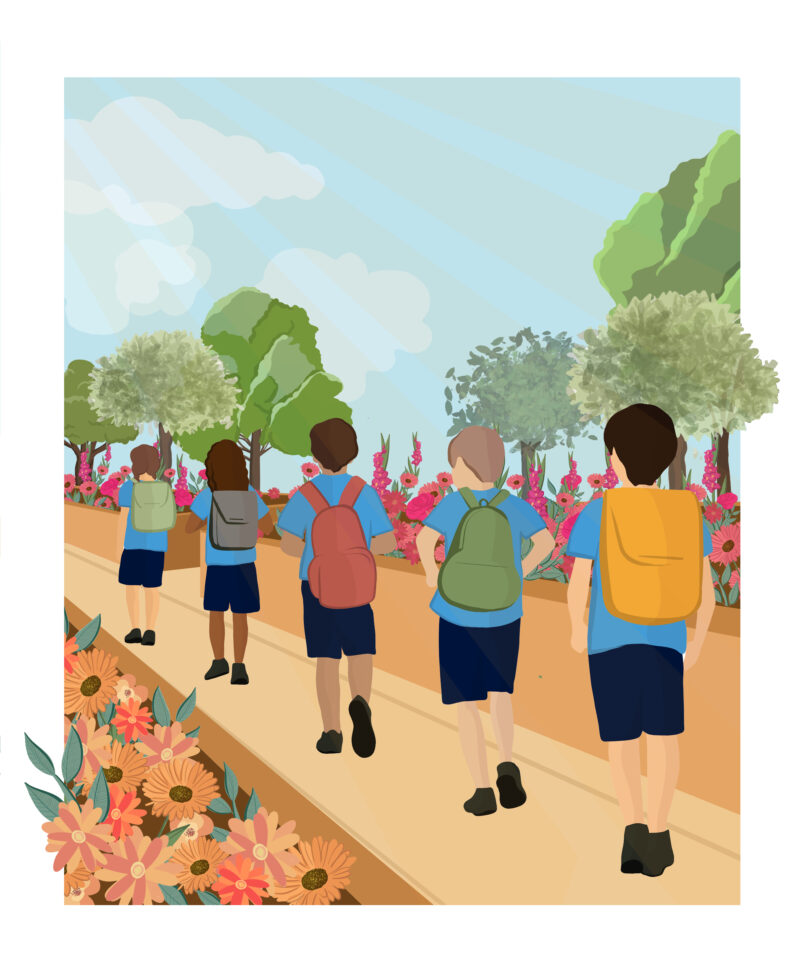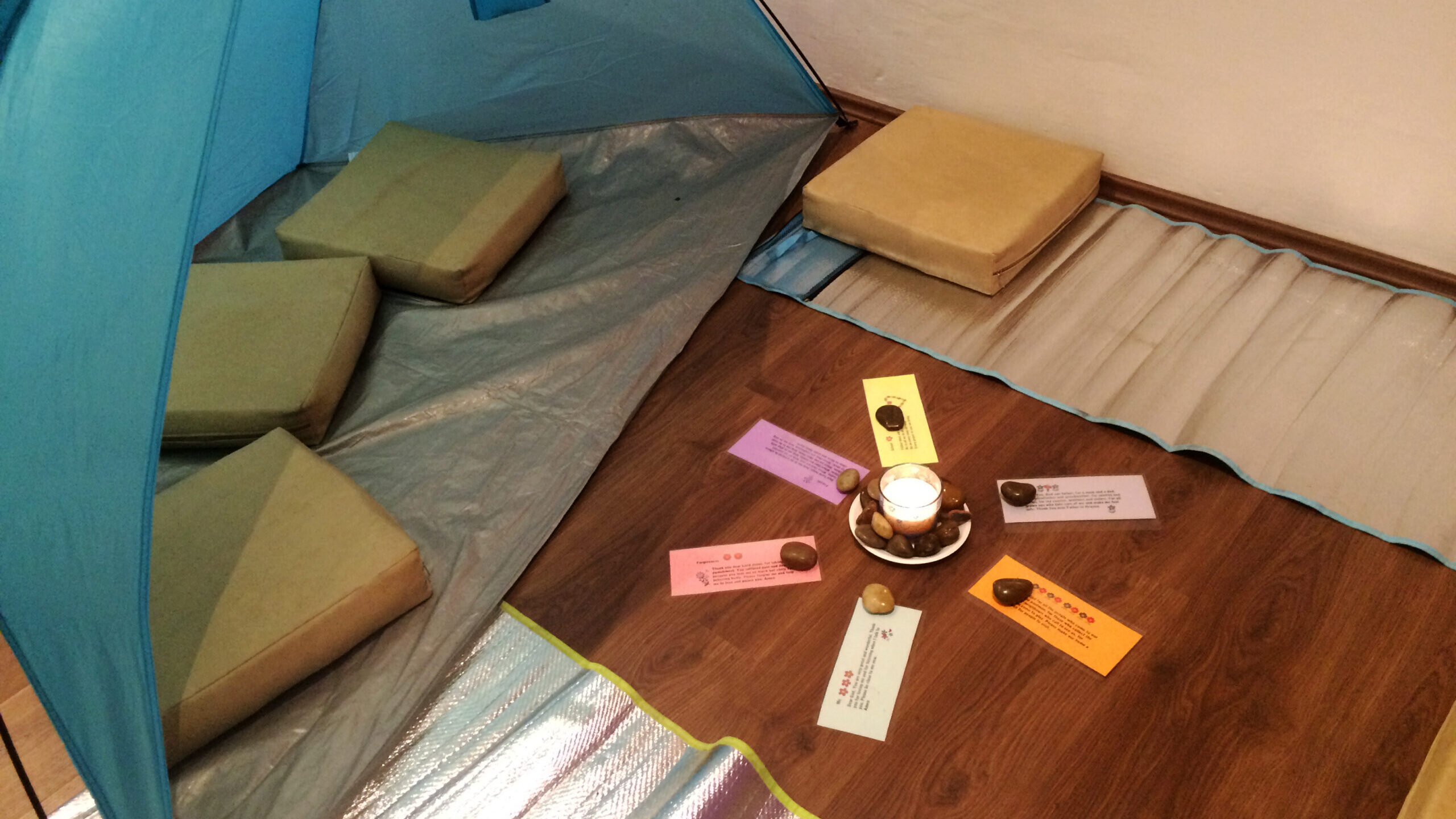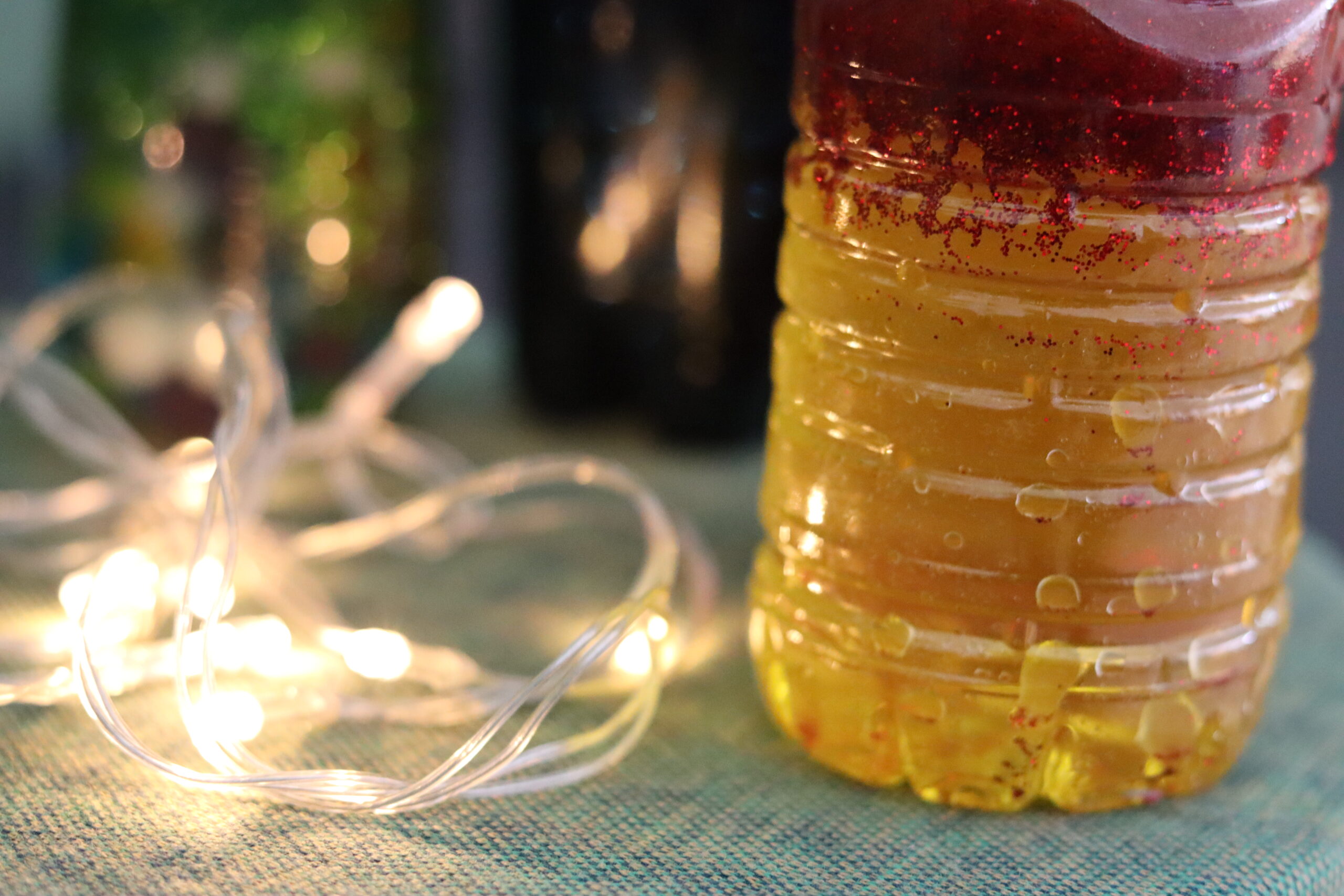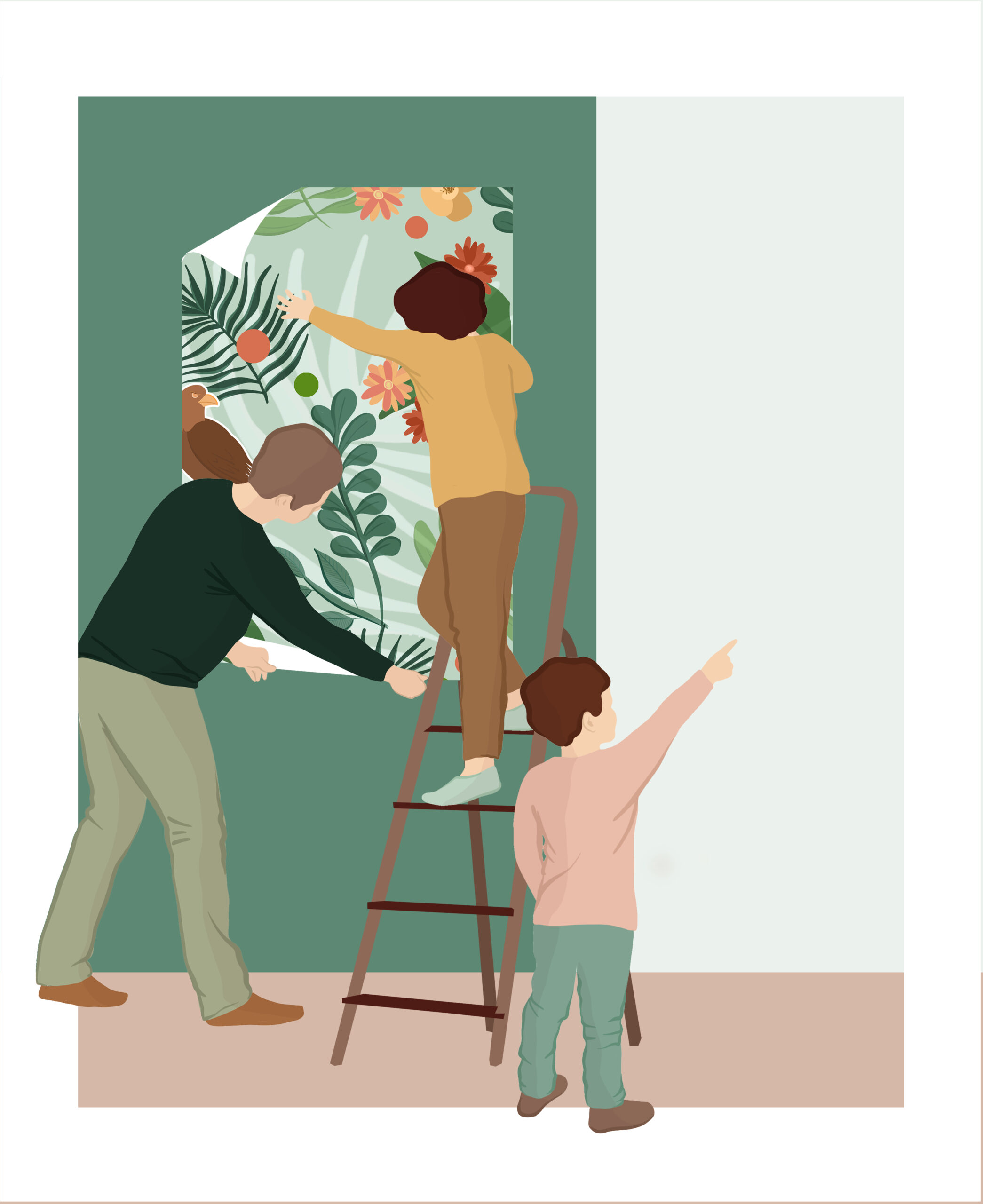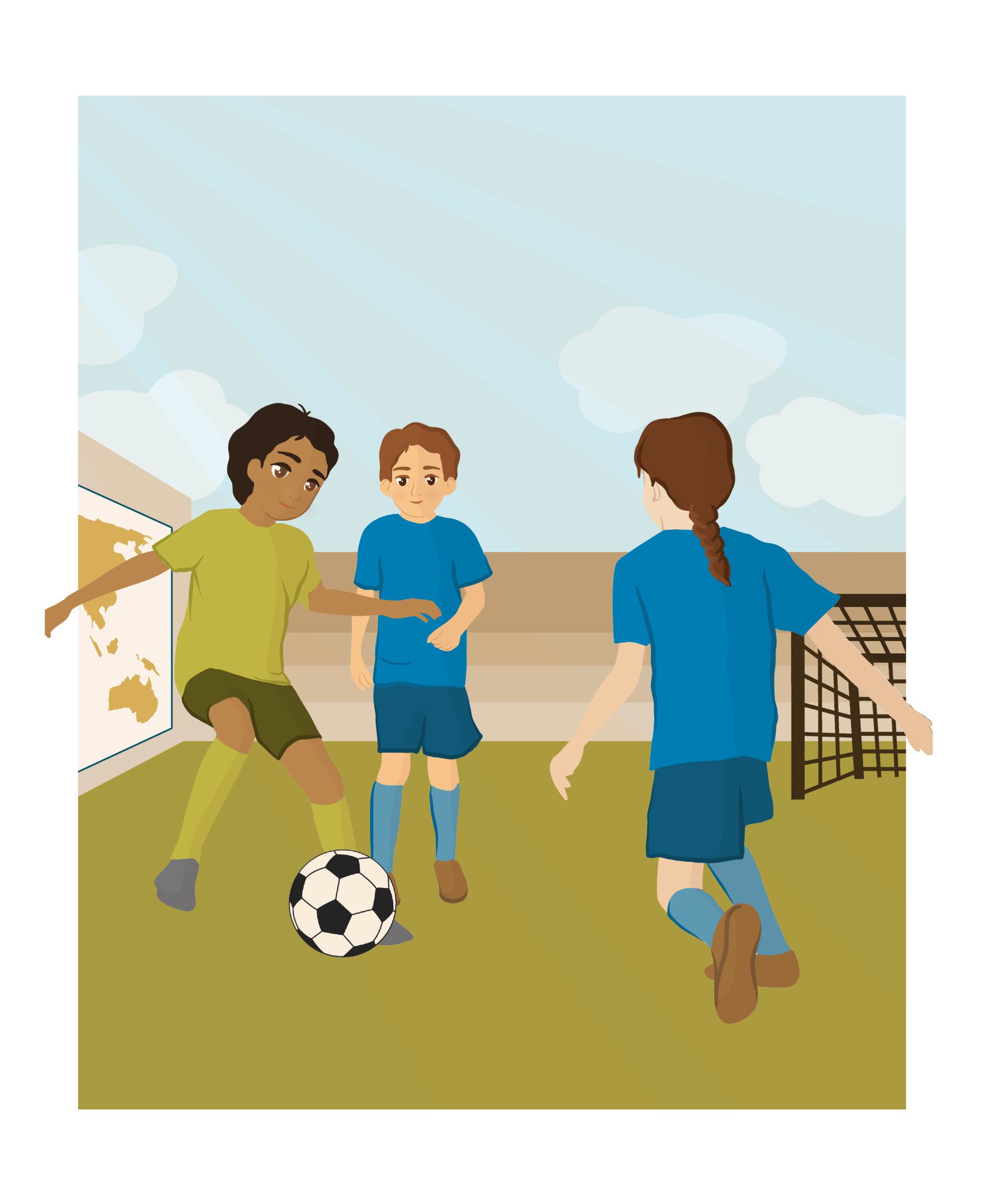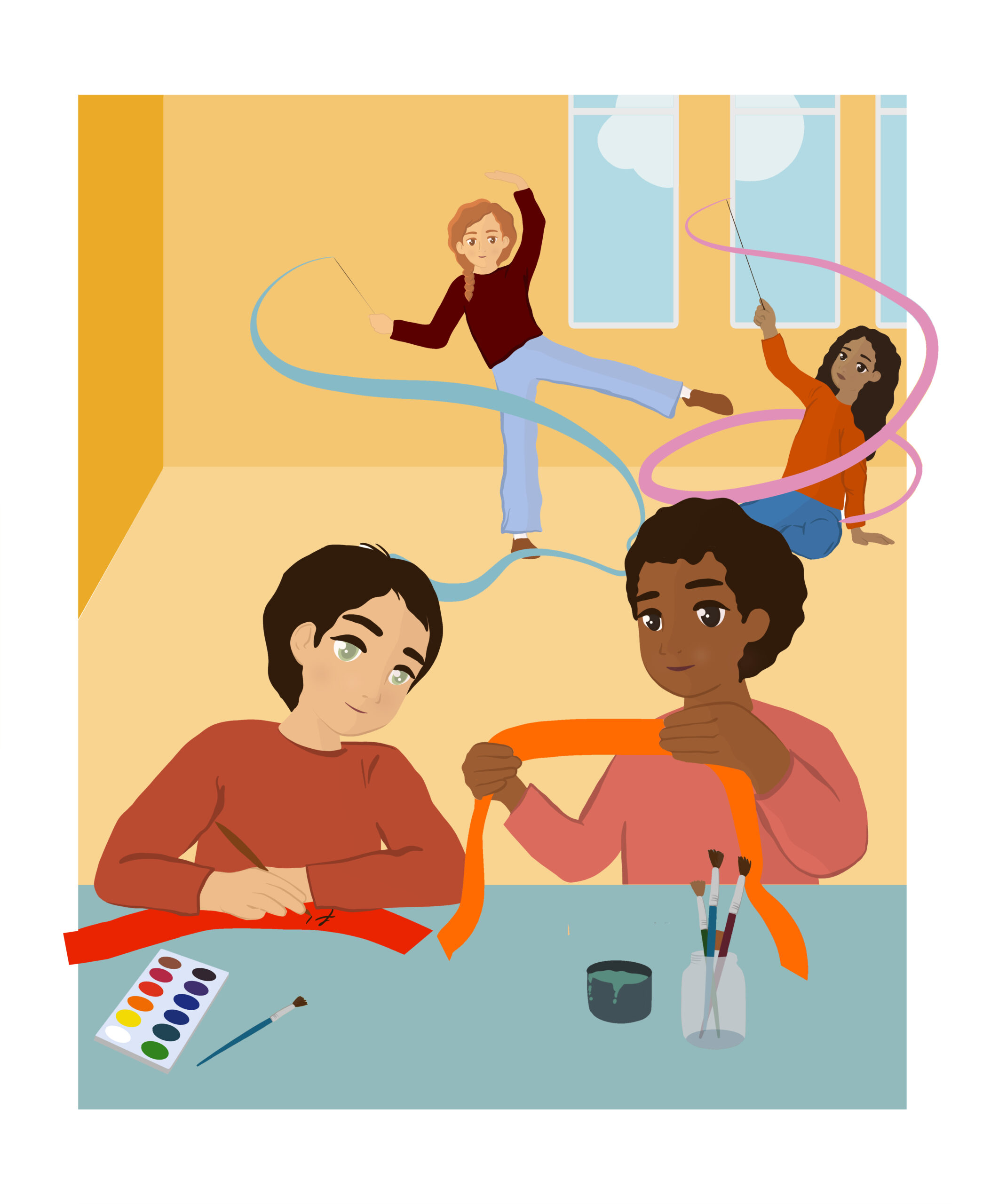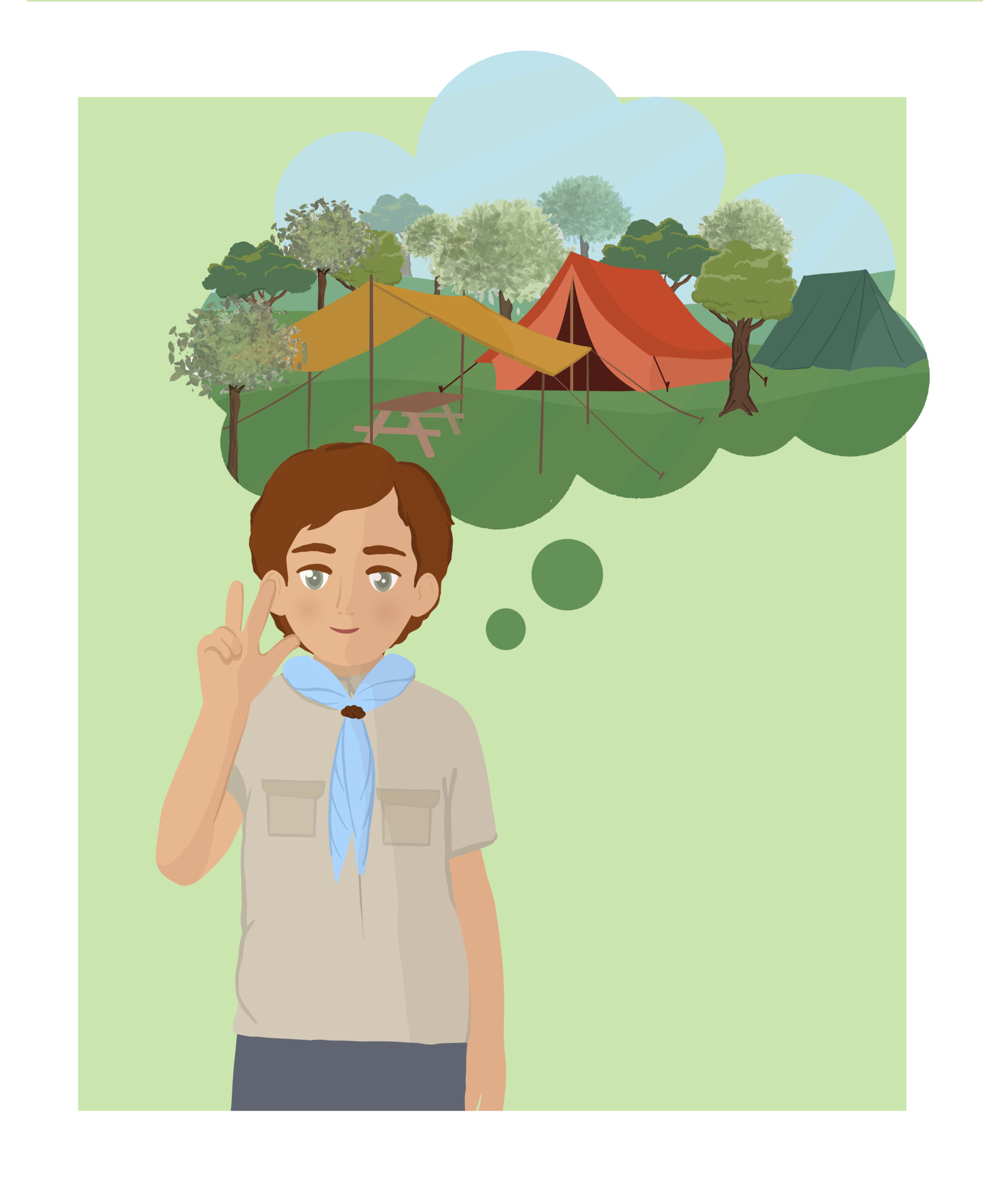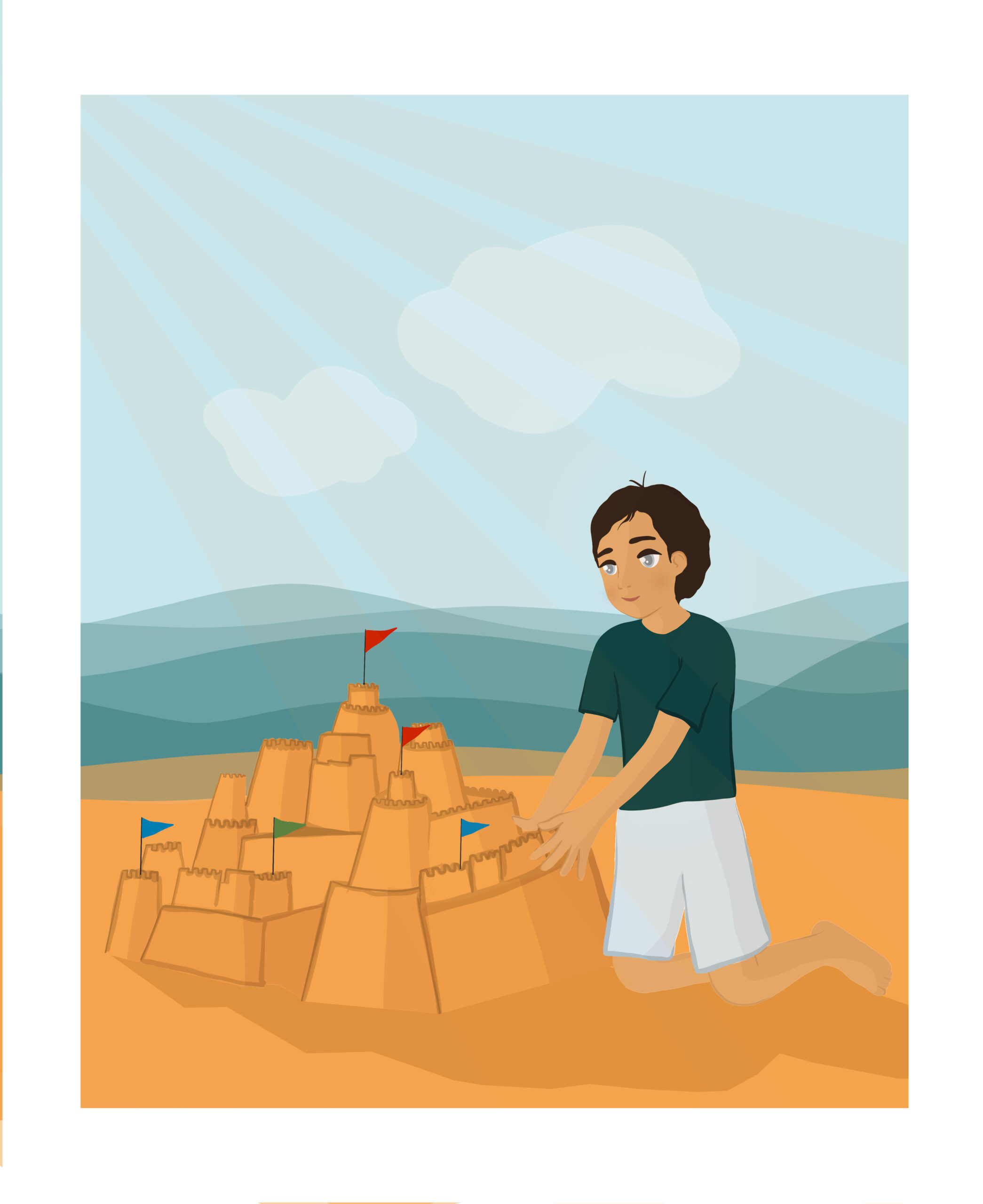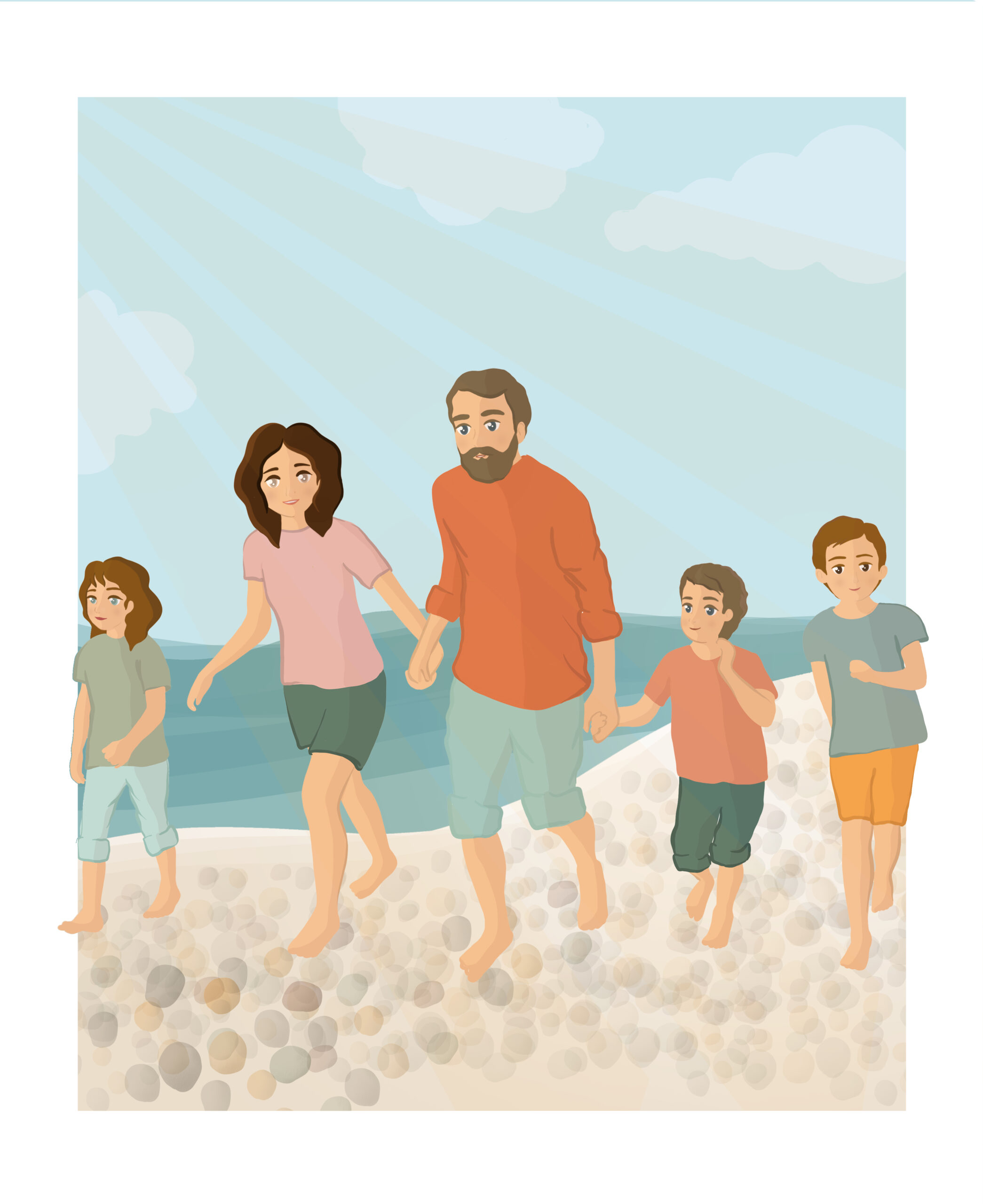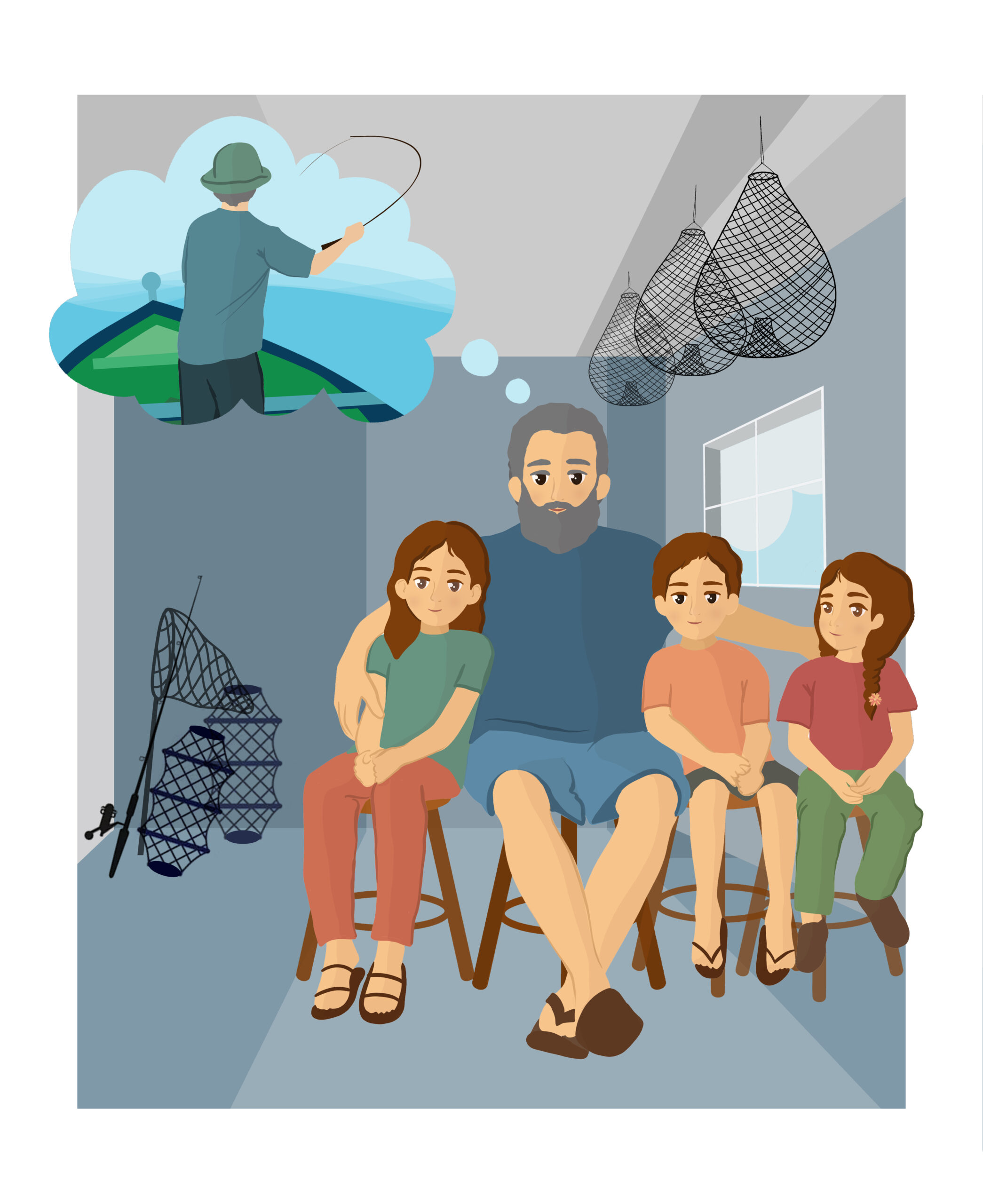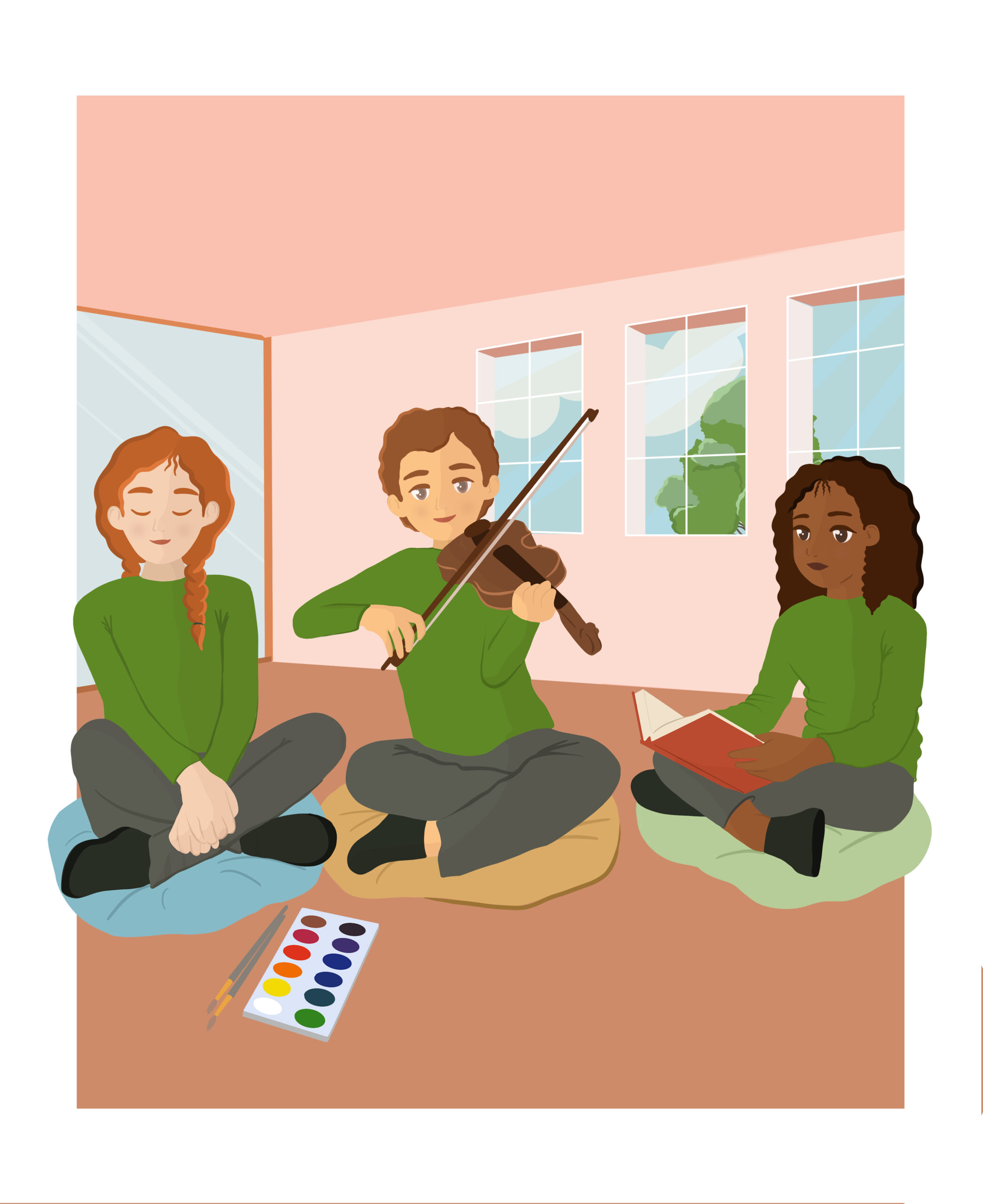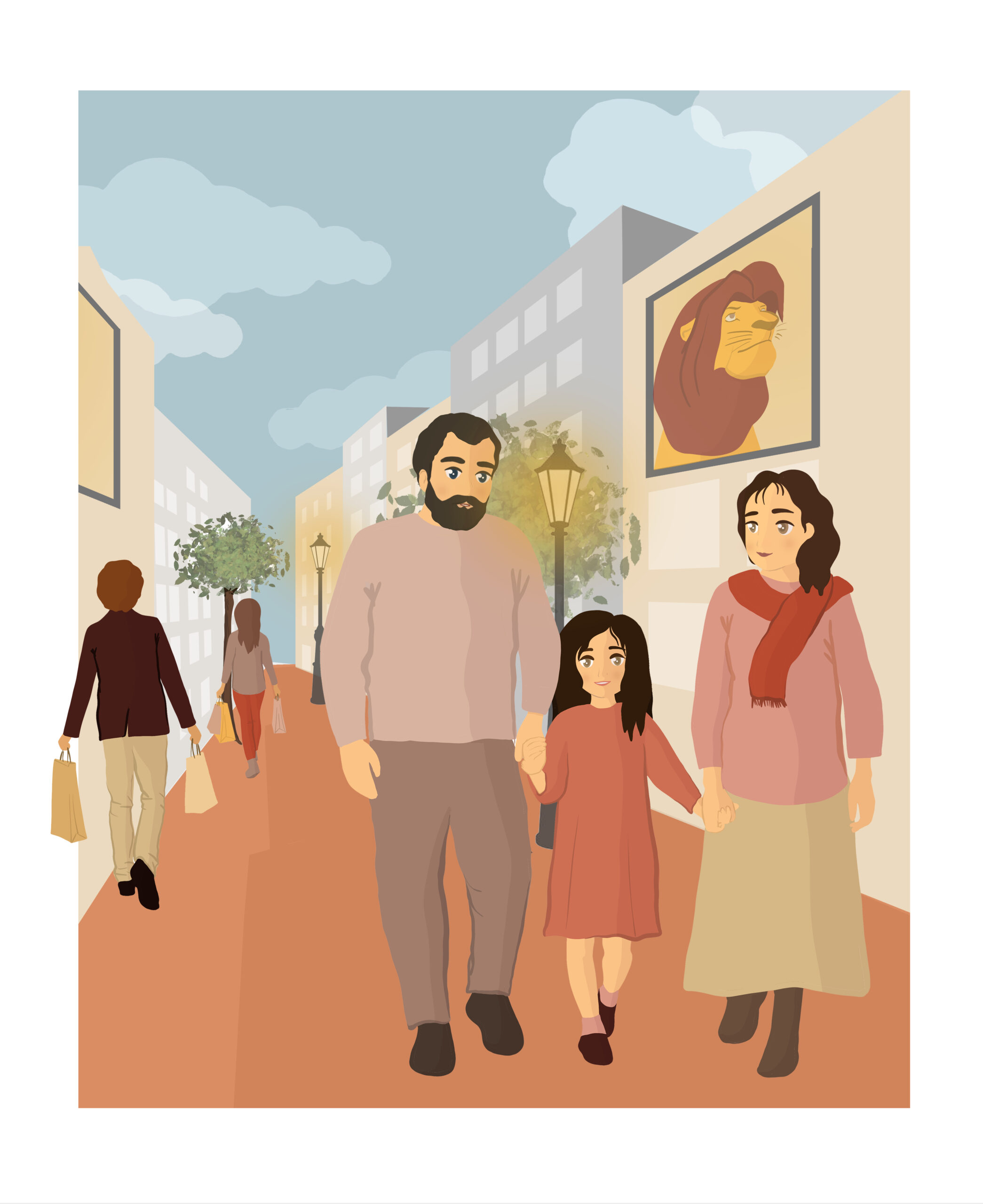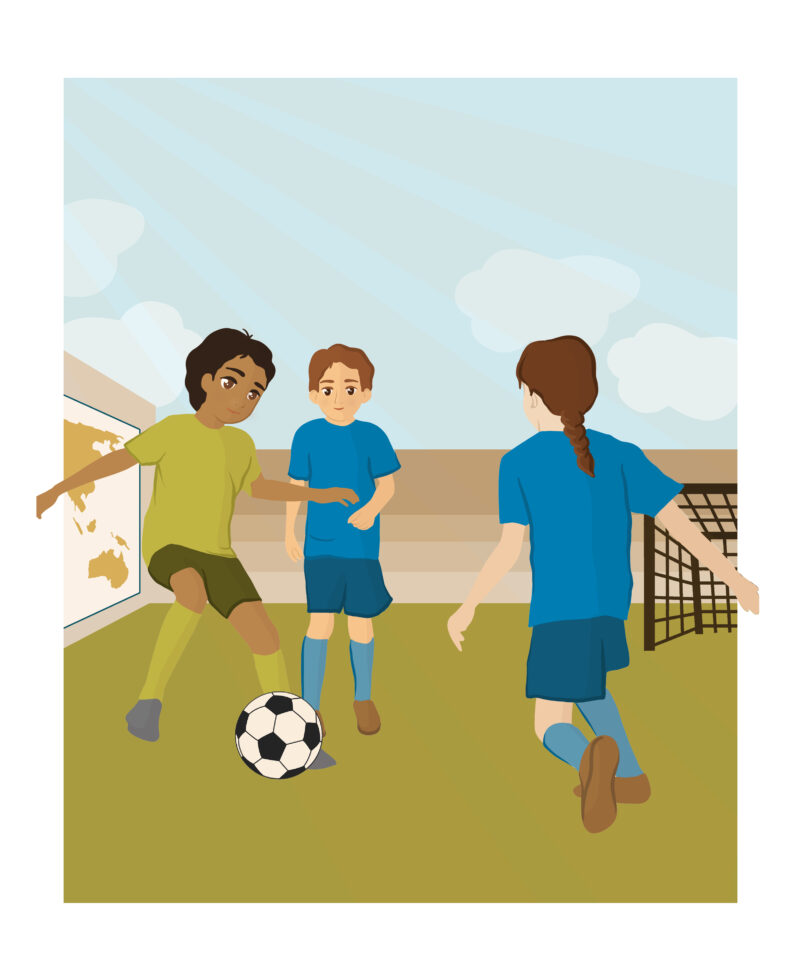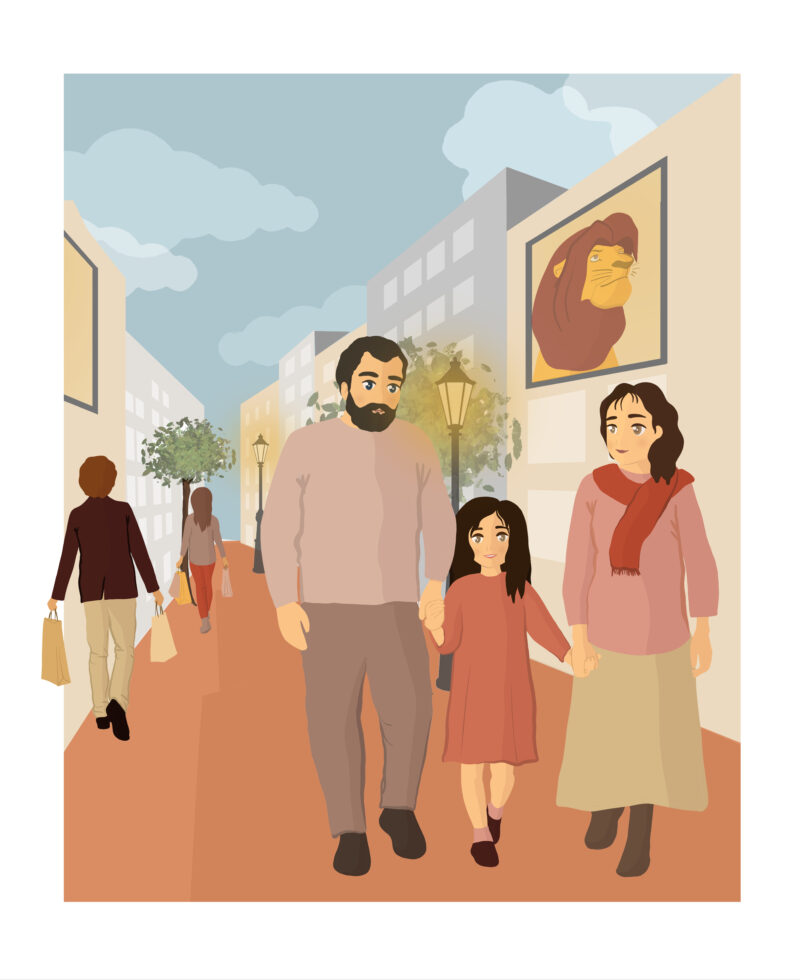The story is about sixth-grader pupils who went on an outing at San Anton Gardens. They walked along a path full of flowers and trees that led them to wooden benches. They sat in a comfortable position with their backs straight to the bench and carried out a ten-minute Christian meditation.
Ages
- Early Years
- Primary Years
Topics
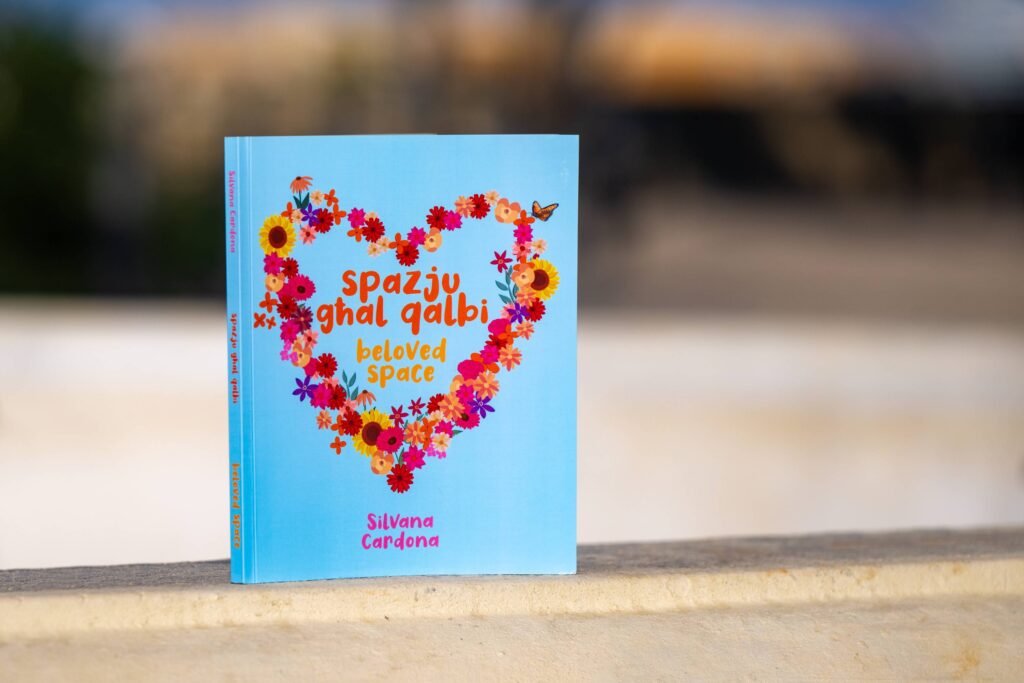
Fis-Skiet fil-Ġnien
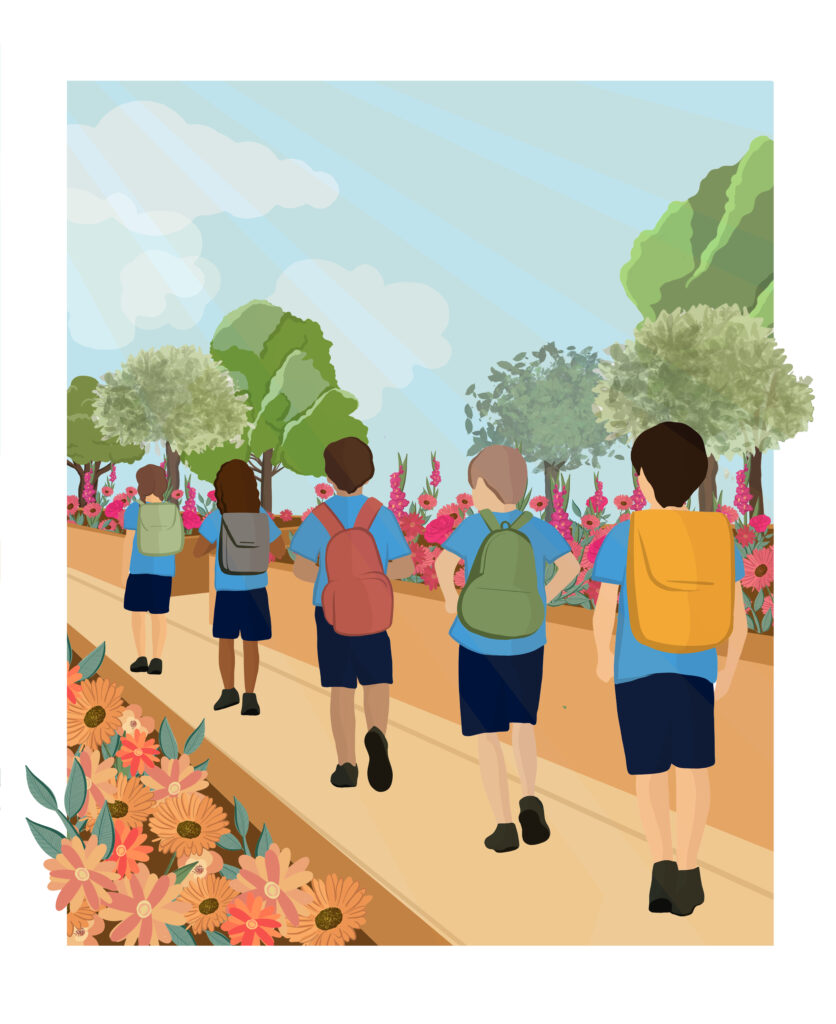
It-tfal tal-klassi 6 Rubies, waslu l-ġnien ta’ Sant’ Anton.
Kienu ppreparati minn qabel li din il-ħarġa ma kinitx biex jieħdu noti fuq il-pitazz dwar it-tipi ta’ siġar u nsetti li ser jaraw. Lanqas biex ikomplu jitħarrġu fi strateġiji tal-kitba billi jintervistaw xi nies li jkun hemm fil-ġnien u jiktbu dak li jgħidulhom.
“Mela x’ser nagħmlu? Jaqgħu se mmorru nisimgħu storja rrakkuntata minn xi awtur lokali?” staqsa wieħed tifel.
“Le, xejn minn dan,” wieġeb l-għalliem. “Tant kemm narakom tieħdu gost bilqiegħda fuq il-kuxins fis-skiet għal ftit minuti kull filgħodu qabel ma nibdew il-lezzjonijiet, li din l-esperjenza sabiħa se mmorru nagħmluha barra mill-klassi wkoll.”
Kif waslu fid-daħla tal-bieb tal-ġnien, l-għalliem beda jispjegalhom x’kellhom jagħmlu u qalilhom, “Ħarsu lejn l-art u nnutaw il-linja dritta li hemm matul iċ-ċangaturi. Irridkom toqogħdu wara xulxin fuq dik il-linja u żommu ftit distanza bogħod minn xulxin ukoll. Issa ibdew imxu fuq il-linja dritta billi tmiddu sieq waħda quddiem l-oħra u tagħtu passi żgħar quddiem xulxin sakemm taslu fit-tarf tal-passaġġ.
Intom u mexjin żommu s-silenzju.”
Hekk kif bdew mexjin, it-tfal setgħu jinnutaw ammont kbir ta’ fjuri roża fuq in-naħa tal-lemin tagħhom u fjuri oranġjo fuq in-naħa tax-xellug.
Il-passaġġ imbagħad wassalhom ħdejn bankijiet tal-injam poġġuti f’għamla ta’ nofs tond ’il bogħod min- nies biex wieħed jista’ joqgħod fis-skiet. Skiet li tant huwa bżonjuż għall-moħħ u għall-qalb.
Raddew is-salib u qalu talba filwaqt li rringrazzjaw lil Alla li jinsabu hemm.
Bdew iħarsu lejn is-siġar twal u wesgħin filwaqt li tbissmu bl-hena ta’ dan il-post trankwill imdawwar b’tant siġar u fjuri sbieħ.
Huma ftakru wkoll f’ħajjet Ġesù dwar meta huwa wkoll kien ifittex li jqatta’ ħinijiet twal jimmedita fil-ġonna, kemm meta kien iħossu ferħan kif ukoll meta kien iħossu mnikket.
Wara ftit l-għalliem stedinhom ipoġġu bilqiegħda f’pożizzjoni komda, jagħmlu daharhom dritt mal-bank, jagħlqu għajnejhom u jibdew jieħdu n-nifsijiet ’il ġewwa u ’l barra.
Man-nifs ’il ġewwa u ‘l barra jlissnu f’moħħhom l-isem ĠESÙ maqsum f’żewġ sillabi: ĠE – SÙ.
Żied jgħidilhom ukoll li waqt li jkunu fis-skiet, iridu jinnutaw il-ħsejjes li jkunu qed jisimgħu madwarhom biex imbagħad jaraw min minnhom ikun lest li jsemmi l-itwal lista ta’ dak li jkun sema’. Min isemmi l-aktar, ikun rebbieħ. Jiftħu għajnejhom meta jisimgħuh idoqq il-qanpiena ċkejkna li kien ġab miegħu.
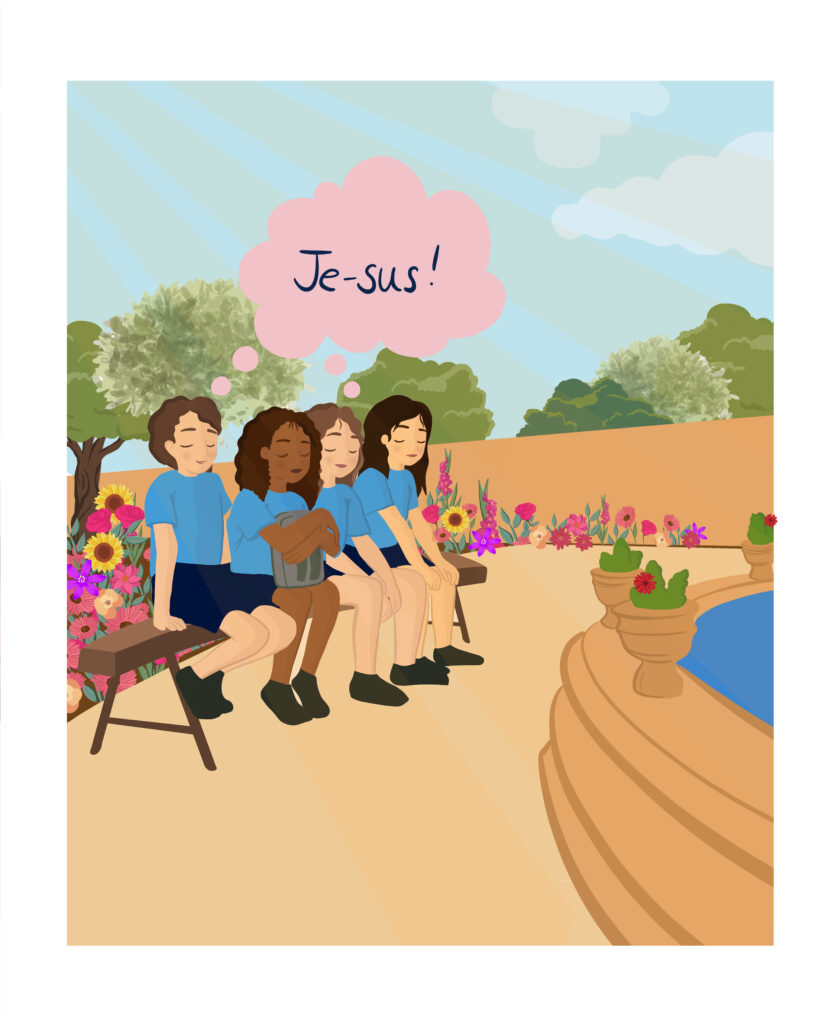
It-tfal poġġew bilqiegħda fuq il-bankijiet, sabu pożizzjoni komda u għamlu daharhom dritt mal-bank.
Imbagħad għalqu għajnejhom.
Ħadu nifsijiet ’il barra u ’l ġewwa u f’moħħhom lissnu s-sillabi ĠE – SÙ.
Huma qagħdu hemm bla ma jitħarrku.
Saru konxji tar-ritmu tan-nifs tagħhom li issa tant kien kalm.
Madwar għaxar minuti wara, instema’ il-ħoss tal-qanpiena.
Issa t-tfal setgħu jerġgħu jiftħu għajnejhom.
Min xtaq jaqsam mal-oħrajn beda biex qal li huwa sema’ xi ħsibijiet f’moħħu li ta’ spiss joqgħod jhewden dwarhom. Sema’ wkoll lil wieħed mill-ġenituri tiegħu jgħajjat, jirrabja u jfarrak l-affarijiet kull darba li jkun fis-sakra.
Għalkemm ħass ċerti emozzjonijiet, fl-istess ħin qal li waqt li beda jgħid is-sillabi ĠE – SÙ, huwa ħalla dawn il-ħsibijiet u emozzjonijiet u telaqhom f’idejn Ġesù.
Tfal oħra qalu li semgħu l-għasafar jgħannu, il-papri jtaqtqu u xi ħamiem igorr. Kien hemm xi wħud li semgħu l-ħornijiet tal-karozzi, xi bikja ta’ tarbija u anke xi ambulanza għaddejja fil-viċin.
“Prosit!” qalilhom l-għalliem. “Min iħoss li għandu jitkellem ma’ xi ħadd li jista’ jgħinu dwar dak li sema’ f’moħħu, jista’ jagħmel dan meta naslu lura l-iskola.”
“Issa nistgħu nqumu minn fuq il-bank u nkomplu nimmeditaw permezz tas-sens tax-xamm waqt li ngħaddu minn passaġġ ieħor ta’ dan il-ġnien.”
It-tfal tpaxxew bir-riħa pura tal-arja, bir-riħa tfuħ tal-fjuri u bir-riħa tal-ħamrija hekk kif xi ġardinara kienu qed isaqqu lis-siġar u l-pjanti.
Huma ggustaw ukoll ir-raġġi tax-xemx għaddejjin minn bejn is-siġar u jolqtu lil wiċċhom.
Il-ħin malajr għadda u kien wasal il-mument biex jitilqu minn ġol-ġnien u jirritornaw l-iskola. Huma temmew din il-ħarġa b’talba ta’ ringrazzjament. Issa kellhom enerġija friska biex ikomplu bil-ġurnata tagħhom ġewwa l-klassi filwaqt li jħajru tfal ta’ klassijiet oħra jagħmlu din l-esperjenza wkoll għax vera kienu ħadu gost.
The children of Year 6 Rubies arrived at San Anton Gardens.
They were prepared beforehand that this outing was not about taking notes on their copybook about the different types of trees and plants that they would see. Not even to continue training in writing strategies by interviewing some people who will be in the garden and then write down their responses.
“So what are we going to do? Are we going to listen to a story told by a local author in the Secret Garden?” asked one pupil.
“None of this,” replied the teacher. “Knowing how much you enjoy yourselves when you sit down on the cushions in silence every day before we start with the lessons, we are also going to do this outside of the classroom.”

As they reached the entrance of the garden gate, the teacher explained to his pupils what they had to do: “Look at the ground and notice the straight line along the slabs. I want you to stand on the line, one after the other while keeping some distance apart. Now, start walking on the line by putting one foot in front of the other and take small steps until you reach the end of the path. Walk in silence.”
As the children began to walk on the line, they noticed many pink flowers on their right side, and orange flowers on their left side.
The path led them near semicircle-shaped wooden benches away from the noise, so that people could sit in a quiet place in silence, which is so necessary for the mind and heart.
They made the sign of the cross and thanked God for being in this quiet place.
They looked in awe at the tall, wide trees and smiled at the beauty of this tranquil place surrounded with lots of trees and beautiful flowers.
Together, they recalled instances during the life of Jesus whenever he felt happy or sad and went in the gardens to spend time in silence.
After some time, the teacher invited them to sit down in a comfortable position with their backs straight and their eyes closed, and to begin breathing in and out.
As they breathed in and out, they were to say in their head the name JESUS divided into two syllables: JE-SUS.
He also told them to be aware of any sounds they hear while they were silent so that later they would share this list of sounds, and the one who shared the most sounds would be the winner. They were to open their eyes again when they heard a bell.
The children sat on the benches, found a comfortable position, and put their back straight to the bench.
Then they closed their eyes.
As they breathed in and out, they said the syllables JE-SUS in their head.
They stood still.
They became aware of the rhythm of their breath and how calm it was.
After around ten minutes, there was the sound of a bell.
The children opened their eyes again.
Those who wanted to share with others could do so. One boy began by saying that he heard some thoughts in his head. Thoughts that he often wondered about. He also heard one of his parents shout, get angry and smash things every time he got drunk.

Although he felt certain emotions, at the same time he said that while he repeated the syllables JE-SUS, he let go of these thoughts and emotions in the hands of Jesus.
Other children said that they heard birds chirping, ducks quacking and pigeons cooing.
Some others heard cars hooting, a crying baby and an ambulance siren.
“Well done!” said the teacher and continued, “Anyone who feels the need to talk to someone about the things he or she heard in his or her mind can do so with an adult when we return to school.
“Now we can get up from the bench and continue to meditate by using the sense of smell as we walk along another passage of this garden.”
The children were amazed by the smell of fresh air, the fragrant smell of flowers and the smell of the wet soil as some gardeners were watering the trees and plants. They also enjoyed the warm rays of the sun passing through the trees onto their faces.
Time passed quickly and it was time to leave the garden and return to school. They ended this outing with a prayer of thanks. Now they had fresh energy to continue with their day back in class while enticing pupils in other classes to try this experience too, as they had enjoyed themselves tremendously.
Nel silenzio in un giardino
Gli alunni del sesto anno ‘Rubies’ arrivarono ai Giardini di Sant’Antonio.

Erano preparati in anticipo che questa gita non consisteva nel prendere appunti sui loro quaderni riguardo alla varietà di alberi e di piante che avrebbero visto. Non si trattava nemmeno di riprendere a prepararsi a fare interviste ad alcune persone che sarebbero state nel giardino, e a scrivere le loro reazioni.
“Allora che cosa faremo? Ascolteremo una storia raccontata da un autore locale nel Giardino Segreto?” chiese un alunno.
“Niente di tutto questo”, rispose il maestro. “Sapendo quanto vi divertiate quando vi mettete sui cuscini in silenzio ogni giorno prima di cominciare con le lezioni, faremo anche questo fuori dall’aula”.
Giunti al cancello d’entrata del giardino, il maestro spiegò ai suoi alunni che cosa dovevano fare: “Guardate il vialetto e notate la linea diritta lungo le lastre. Voglio che vi mettiate sulla linea, uno dietro l’altro mantenendo un po’ di distanza. Ora, cominciate a camminare sulla linea mettendo un piede davanti all’altro, facendo piccoli passi finché non avrete raggiunto l’estremità del vialetto. Camminate nel silenzio”.
Camminando sulla linea, i ragazzi notavano molti fiori rosa alla loro destra, e fiori arancione alla loro sinistra.
Il vialetto li condusse presso panchine di legno a forma semicircolare, lontano dal rumore, in modo che la gente potesse stare seduta in silenzio, il quale è molto necessario per la mente e il cuore.
Si fecero il segno della croce e ringraziarono Dio per trovarsi in questo luogo quieto.
Gli alberi, alti e larghi, li riempirono di soggezione mentre sorridevano alla bellezza di questo luogo tranquillo circondato da molti alberi e fiori splendidi.
Insieme ricordarono momenti della vita di Gesù ogniqualvolta si sentiva felice o triste, e andava nei giardini per passare del tempo nel silenzio.
Dopo qualche tempo, il maestro li invitò a sedersi in una posizione comoda, con il dorso eretto e gli occhi chiusi, e di mettersi a inspirare ed espirare.
Mentre inspiravano ed espiravano, dovevano compitare nella testa il nome Gesù, accentuando le due sillabe: GE-SÙ.
Disse loro anche di stare attenti a qualunque suono che sentivano mentre stavano silenziosi, affinché dopo avrebbero fatto partecipi gli altri dell’elenco dei suoni recepiti, e quello che avrebbe fatto partecipi gli altri del maggior numero di suoni sarebbe stato il vincitore. Dovevano aprire gli occhi di nuovo quando avrebbero sentito una campana.
I ragazzi sedettero aulle panchine, si misero in una posizione comoda, e appoggiarono il dorso eretto alla panchina.
Poi chiusero gli occhi.
Mentre inspiravano ed espiravano, compitavano la parola JE-SUS nella testa.
Stavano fermi.
Diventavano consci del ritmo del loro respiro e di quanto calmo fosse.
Dopo circa dieci minuti, ci fu lo squillo di una campana.
I ragazzi aprirono gli occhi di nuovo.

Coloro che volevano far partecipi gli altri delle sensazioni recepite potevano farlo.
Un ragazzo cominciò dicendo che aveva sentito alcuni pensieri nella testa – pensieri che da molto tempo e spesso rimuginava. Aveva persino sentito uno dei suoi genitori gridare, arrabbiarsi e fracassare oggetti ogniqualvolta s’ubriacava.
Nonostante provasse certe emozioni, nello stesso tempo disse che mentre ripeteva le sillabe GE-SÙ, se ne liberava affidandole nelle mani di Gesù.
Altri ragazzi dicevano che avevano sentito uccelli cinguettare, anatre schiamazzare e piccioni tubare.
Altri avevano sentito macchine strombazzare, un bambino piangere e una sirena di un’ambulanza fischiare.
“Ottimo”, disse il maestro e aggiunse, “Chiunque senta il bisogno di parlare con qualcuno sulle cose che abbia sentito nella mente, può fare questo con un grande quando saremo giunti a scuola. Ora possiamo alzarci dalla panchina e continuare a meditare usando l’olfatto mentre camminiamo lungo un altro vialetto di questo giardino”.
I ragazzi si stupirono dell’olezzo dell’aria fresca, della fragranza dei fiori, e dell’odore del suolo bagnato mentre alcuni giardinieri innaffiavano gli alberi e le piante. I ragazzi godevano anche i raggi caldi del sole che si passavano fra gli alberi e finivano sui loro volti.
Il tempo passò rapidamente ed era tempo di lasciare il giardino e ritornare a scuola. La gita terminò con una preghiera di ringraziamento. Allora avevano energia nuova per continuare con i compiti da svolgere ancora in classe, mentre incoraggiavano altri alunni delle altre classi di fare pure questa esperienza poiché s’erano divertiti da pazzi.
Resources related to this story
We want to get to know you. To be able to bookmark your favourite content, please log in or sign up below.
User Sign Up
Discover more resources


